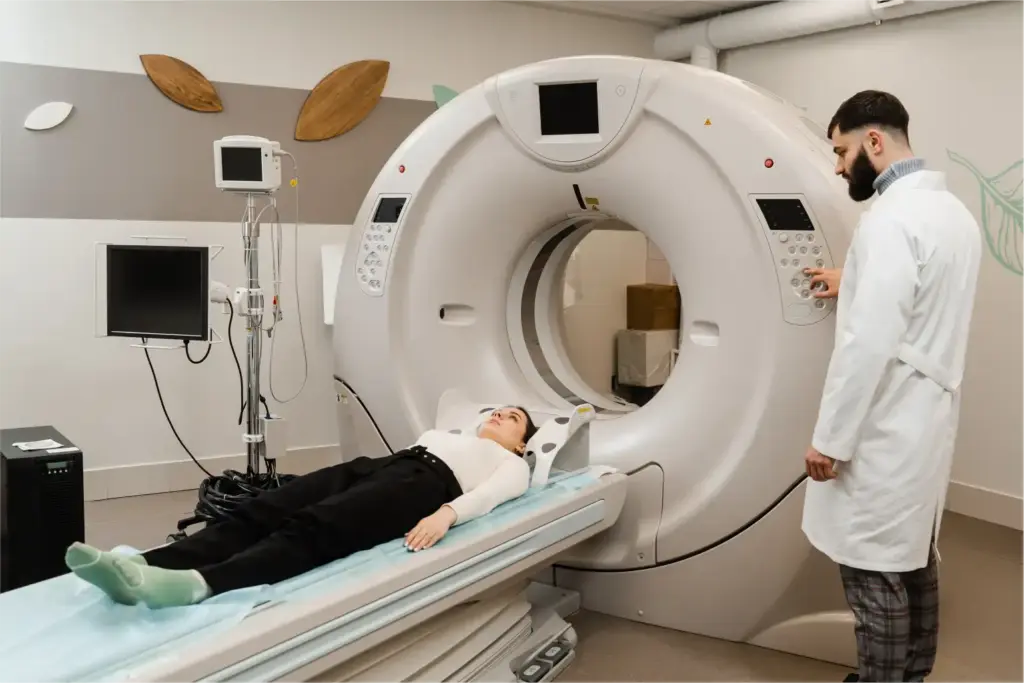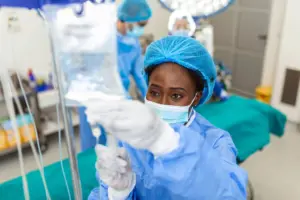
CT scans risk: Women who undergo computed tomography (CT) scans before conceiving may face a slightly higher risk of miscarriage and birth defects in later pregnancies, according to new research from Canada.
The study, led by Dr. Camille Simard of Jewish General Hospital in Montreal and published in Annals of Internal Medicine, examined more than 5.1 million pregnancies in Ontario between 1992 and 2023. Of these, 687,692 occurred in women exposed to radiation from CT scans at least one month before conception.
Also Read | Paracetamol use in pregnancy linked to higher risk of autism, ADHD in children: Study
Researchers found the risk of pregnancy loss increased with the number of scans. Among women with no history of CT imaging, the rate of miscarriage, ectopic pregnancy, or stillbirth was 101 per 1,000 pregnancies. This rose to 117 per 1,000 after one scan, 130 per 1,000 after two scans, and 142 per 1,000 after three or more. Adjusted odds showed an 8% higher risk with one CT, 14% with two, and 19% with three or more.
Rates of congenital defects followed a similar pattern: 62 per 1,000 births in mothers with no prior scans, compared with 84 after one scan, 96 after two, and 105 after three or more. The risk was slightly higher when imaging involved the abdomen, pelvis, or lower spine, areas closer to the ovaries.
Half of the scans in the study were performed four or more years before conception, but risks increased when the most recent scan occurred closer to pregnancy.
Like X-rays, CT imaging uses ionising radiation, but at higher doses. The researchers caution that the findings do not prove CT scans directly cause pregnancy loss or birth defects and stress that medically necessary CT imaging should not be avoided. They noted, however, that egg-containing follicles in the ovaries may remain vulnerable to radiation damage months or years before fertilisation.
In an accompanying editorial, Dr. Seth Hardy of Penn State Health said the study’s implications are “profound”, adding that earlier analyses suggest more than one-third of diagnostic scans may have been unnecessary.








